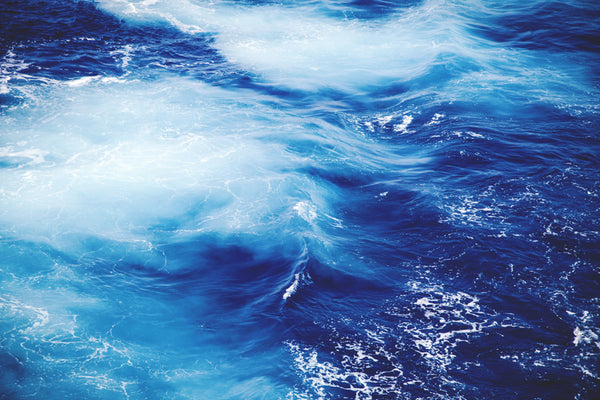3 Fun Experiments to Try with your Kids + Powerful Bible Lessons
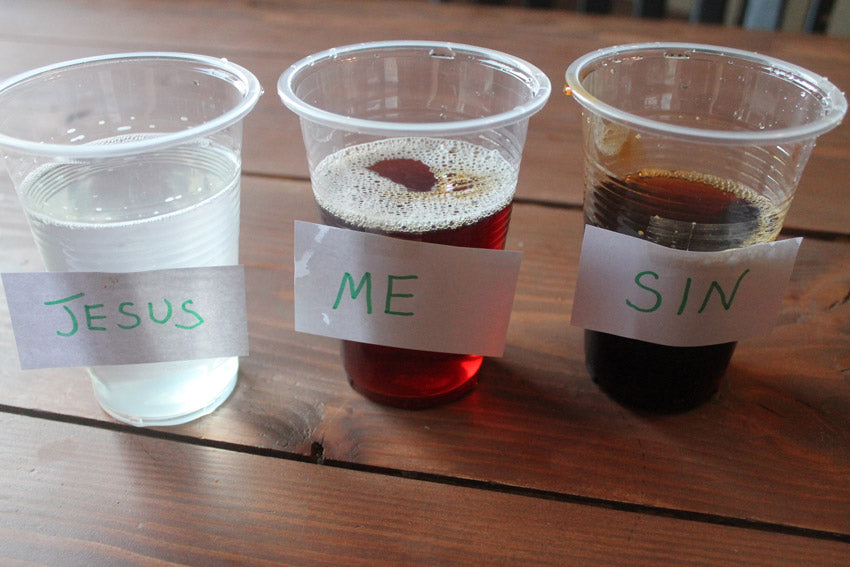
In this post we will be sharing 3 exciting object lessons that can not only be used for teaching Bible truths, but also as a fun science lesson. Object lessons are a enjoyable way to keep your child engaged while learning about the Bible and to help them commit the lesson to memory. These lessons will require minimal supplies (many you already have at home) and the steps are simple- but these fun “experiments” are sure to keep your child’s attention. Be prepared for them to ask you to do them over and over!
Cotton Balls in A Glass of Water
Supplies:
A bag of cotton balls
Clear drinking glass filled ⅔ of the way with water
Experiment:
Fill a cup or jar almost full of water.
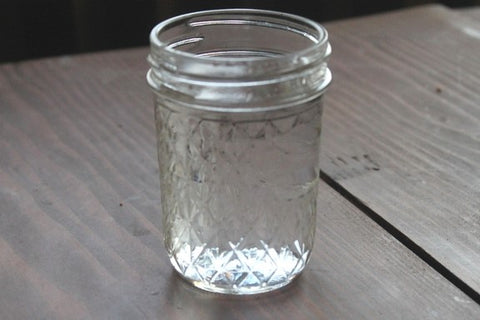
Ask your child to guess how many cotton balls will fit in the almost full glass (most children will say “just a few”). Have them start to put the cotton balls in the glass, one by one, allowing for them to absorb the water. They will soon be surprised to see you can fit many (we were able to fit 31) cotton balls in the jar. Something they thought was impossible, ended up being possible.
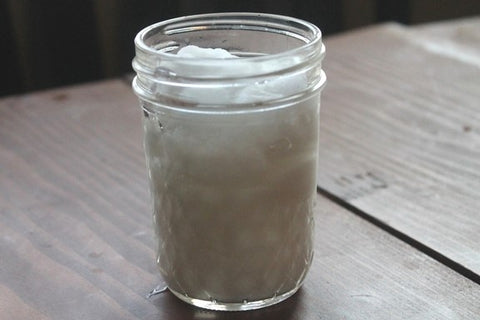
Lesson:
Now to Him who is able to do exceedingly abundantly above all we ask or think, according to the power that works in us” (Ephesians 3:20)
We may look at something and think we have enough facts to prove it is impossible, like not being able to fit more of something in an almost full cup. Yet, God is able to to do anything and everything, even the things we think are impossible.
Science: The cotton balls are made of fiber from a cotton plant. If you were to look at this fiber (cellulose) under a microscope you would see that it is full of tiny air bubbles. When the cotton ball is placed in the water the air bubbles fill up with water. This redistributes the water instead of displacing it like most solid things (like a rock) would.
Illustrating Me, Sin, and Jesus
Supplies:
3 Clear plastic cups
Iodine
Bleach
Water
Stickers / Tape or some other way to label the jars
Experiment:
Take one cup and label it “Me” (or Us works too). Fill this cup half full of waterTake the second cup and label it “Sin”. Mix a ratio of 90% water and 10% iodine. Take the third cup and label it “Jesus”. In this cup mix a ratio of 90% water and 10% bleach. The rest of the experiment is done during the lesson.

Lesson:
“He is the atoning sacrifice for our sins, and not only for ours but also for the sins of the whole world.” 1 John 2:2
Explain that Jesus’ sacrifice on the cross has freed us from our sins. Pour a little bit of the mixture from the “Sin” cup into the “Me” jar. Sin pulls us away from God and tarnishes us. This is symbolized by the brownish color that the water in our “Me” cup now has.

But, for those who believe in Jesus as our Savior, hope is not lost. When we ask for forgiveness our sins can be washed clean. Pour from the “Jesus” cup into the “Me” cup until the liquid is clear again.

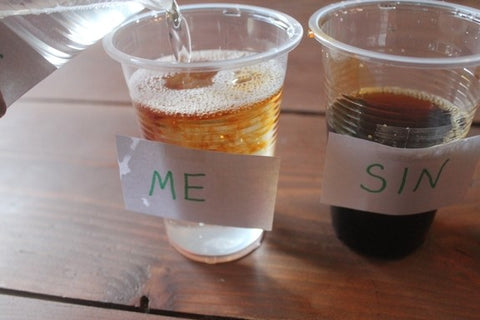

Science:
When mixed with water the iodine water mixture turns the water slightly reddish brown. When the bleach/water mixture is added a chemical reaction occurs between the chlorine molecules in the bleach and the iodine molecules, turning the mixture clear.
Cans of Soda Illustrating Anger
Supplies:
2 cans of soda
Experiment:
Take both cans of soda and shake them up as hard as you can. Explain that the shaking is like your anger. Open one of the cans (make sure you are in a space where it is ok to make a mess) and watch the soda explode from the can. Set the other can of soda aside and wait about 5 minutes. When you come back to it and open it up. It should not explode or, at most, should only foam a small amount. Have your child note the differences when the two cans were opened.
Lesson:
Do not say, “I will repay evil”; wait for the Lord, and he will deliver you. Proverbs 20:22
Explain that even though everyone experiences anger, that how we handle our anger is what matters. When we react quickly in anger, before allowing ourselves time to calm down and think about the situation, we are setting ourselves up to sin. When we take time to walk away and calm down, we can make better decisions, and with the help of the Holy Spirit we can keep yourselves from sinning as a result of our anger.
Science:
When soda is canned, a gas called carbon dioxide is added to the liquid to create the bubbles. This is called carbonation. There is a small amount of carbon dioxide that takes up the free space at the top of the can. When the can is shaken, that carbon dioxide mixes with the liquid, becoming suspended. When the can is opened and the pressure released, the soda and carbon dioxide escape together creating the explosion. If you leave the can to sit after it has been shaken, the carbon dioxide begins to rise to the open space in the top of the can, leaving the normal amount of carbonation left in the liquid which is not enough to cause an explosion.
Leave a comment
Comments will be approved before showing up.

